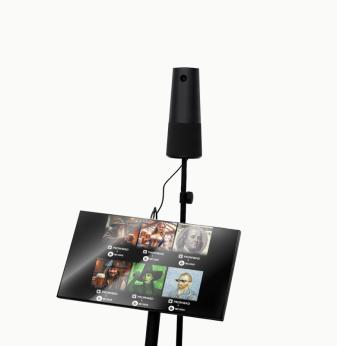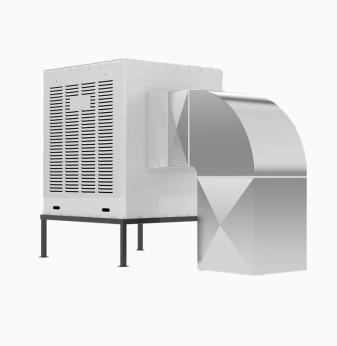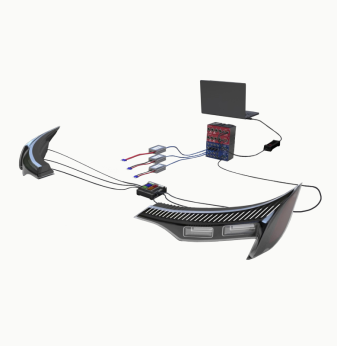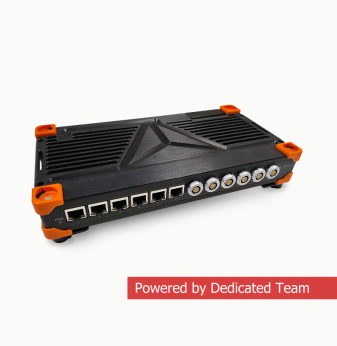MCU & SoC Innovation for Embedded Systems Expo Europe 2026
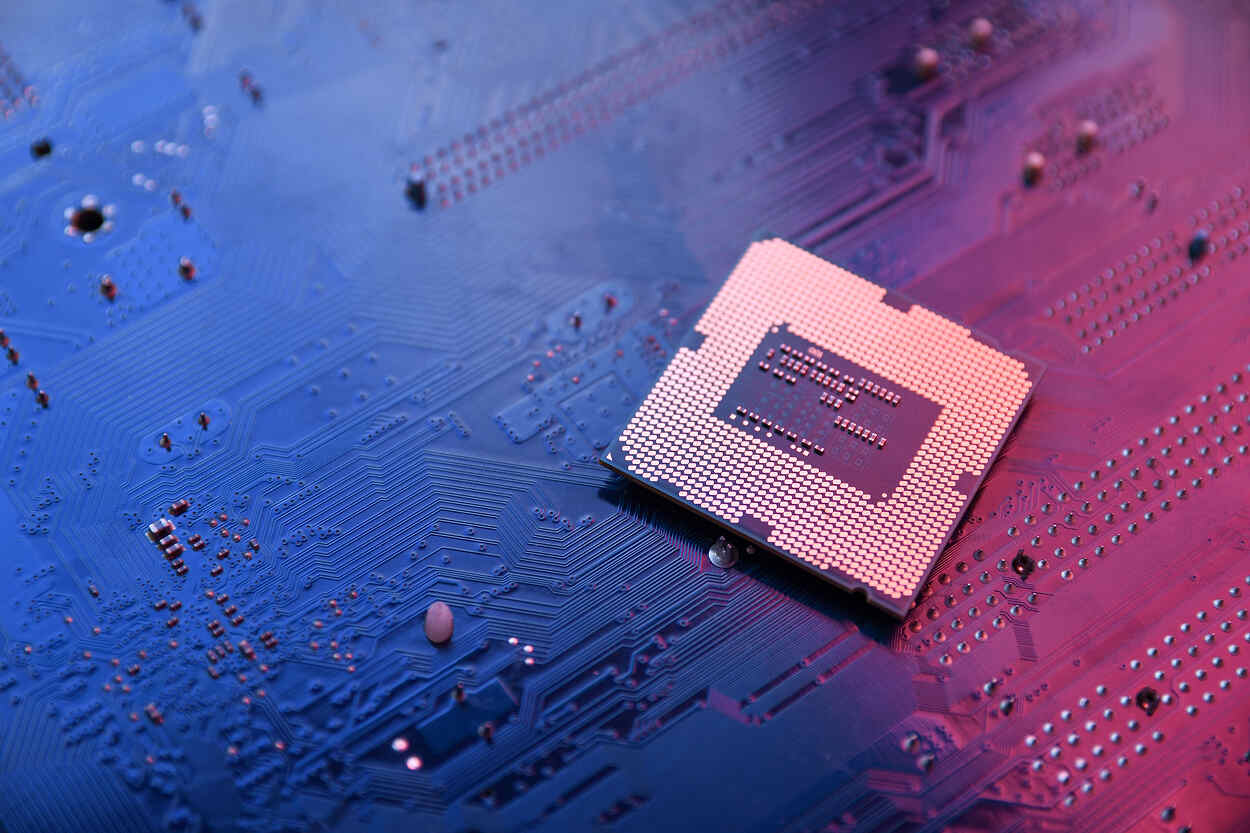
The embedded hardware landscape is accelerating at a pace seldom seen before. As we approach Embedded Systems Expo Europe 2026 (scheduled in early 2026), microcontroller (MCU) and system-on-chip (SoC) innovations are set to dominate the show floor. From open architectures like RISC-V to modular chiplet SoCs and heterogeneous computing fabrics, the next wave of embedded platforms is reshaping what developers and system architects must consider. These shifts aren’t just about higher performance — they’re about power efficiency, heterogeneous integration, safety and security, and bridging domain-specific workloads into compact hardware. In this article we map the innovation themes to watch ahead of the expo, highlight why they matter, and provide guidance for embedded systems teams in industrial, automotive and IoT domains.
Why this expo matters for MCU & SoC innovations
While many conferences highlight software stacks or toolchains, Embedded Systems Expo Europe 2026 (co-located with embedded and IoT platforms) places hardware front and centre. According to the event’s official page, the trade fair “provides a global platform for the embedded community … from components and modules to operating systems, hardware and software design”. embedded-world.de+1
For MCU and SoC designers, this means a live-market snapshot: what silicon vendors plan, what ecosystem partners support, and what embedded system buyers will demand over the next 18–24 months. Given the European general-purpose MCU market outlook and rising demand for low-power AI-capable controllers, the timing aligns with key industry inflection points. LinkedIn
What audiences will see at the expo will therefore not only reflect current products, but preview innovation waves that will govern embedded hardware design decisions into 2028 and beyond.
Key innovation themes to watch
1. RISC-V mainstreaming and open SoC platforms
Open-source architectures are no longer niche. The article “Embedded Hardware Trends 2026” identifies RISC-V as moving beyond academia into mainstream embedded applications. Promwad
In practice, this means MCU vendors will showcase devices with custom RISC-V cores, domain-specific vector extensions, and full SoC platforms incorporating AI accelerators, memory subsystems and I/O fabrics. Expect booths demonstrating Linux-capable RISC-V SoCs targeted at industrial automation, smart building controllers and secure edge nodes.
Design teams must prepare for the ecosystem shift: toolchains, IP licensing, firmware stacks — and rethinking migration from legacy ARM-based MCUs.
2. Chiplet-based SoCs and modular integration
One of the most disruptive hardware trends is the movement from monolithic SoC die to modular “chiplet” integration. According to recent reports, chiplet architectures allow mix-and-match of dies (CPU, GPU, AI engine, memory, I/O) and reduce development cycles and cost. Promwad
At the expo, embedded SoC providers may reveal platforms where memory, AI accelerator, and I/O blocks are separate chiplets, optimized for yield and tailored for embedded workloads. For embedded systems engineers, this signals a shift: designing for configurable SoC fabrics rather than fixed hard blocks, and ensuring software stacks remain portable.
3. Heterogeneous computing in embedded SoCs
Embedded SoCs are increasingly heterogeneous: general-purpose CPU cores, DSPs or vector units, dedicated AI/ML accelerators, real-time engines, and safety domains all in one package. For example, SoCks research proposes frameworks for complex heterogeneous SoCs by partitioning firmware components. arXiv
In upcoming MCUs, expect built-in AI/ML engines that execute neural inference, real-time control loops, and deterministic workloads—without offloading to separate hardware. The expo floor will likely show demo systems where one SoC handles sensor fusion, control logic and inference simultaneously. Embedded systems architects must adapt: microkernel or real-time OS integration, deterministic scheduling, and AI/ML workload partitioning.
4. Ultra-low-power and domain-specific embedded SoCs
Power constraints continue to dominate — especially for battery-powered or energy-harvesting systems. Recent research like the HULK-V SoC shows Linux-capable, heterogeneous RISC-V SoCs delivering high GOps/W at sub-watt power envelope. arXiv
At the expo, MCUs and SoCs tailored for ultra-low-power smart-sensors, wearables, and IoT edge controllers will be highlighted. Expect vendors to showcase sub-1 mW standby modes, integrated wireless interfaces, on-chip ML accelerators and security domains baked-in. For designers, selecting the right platform becomes less about peak MHz and more about sustained workload efficiency, energy harvesting compatibility and end-to-end lifetime cost.
5. Security, functional safety & embedded silicon assurance
As embedded systems embrace safety-critical and connected domains (automotive, industrial, medical), MCUs and SoCs integrate hardware roots of trust, side-channel protections, and functional-safety domains (ISO 26262, IEC 61508). At the expo, expect displays of MCUs with integrated PUF, secure boot, isolated AI engines and certification ready cores.
Embedded teams must consider silicon supply-chain transparency, firmware integrity, and long-term security lifecycle management.
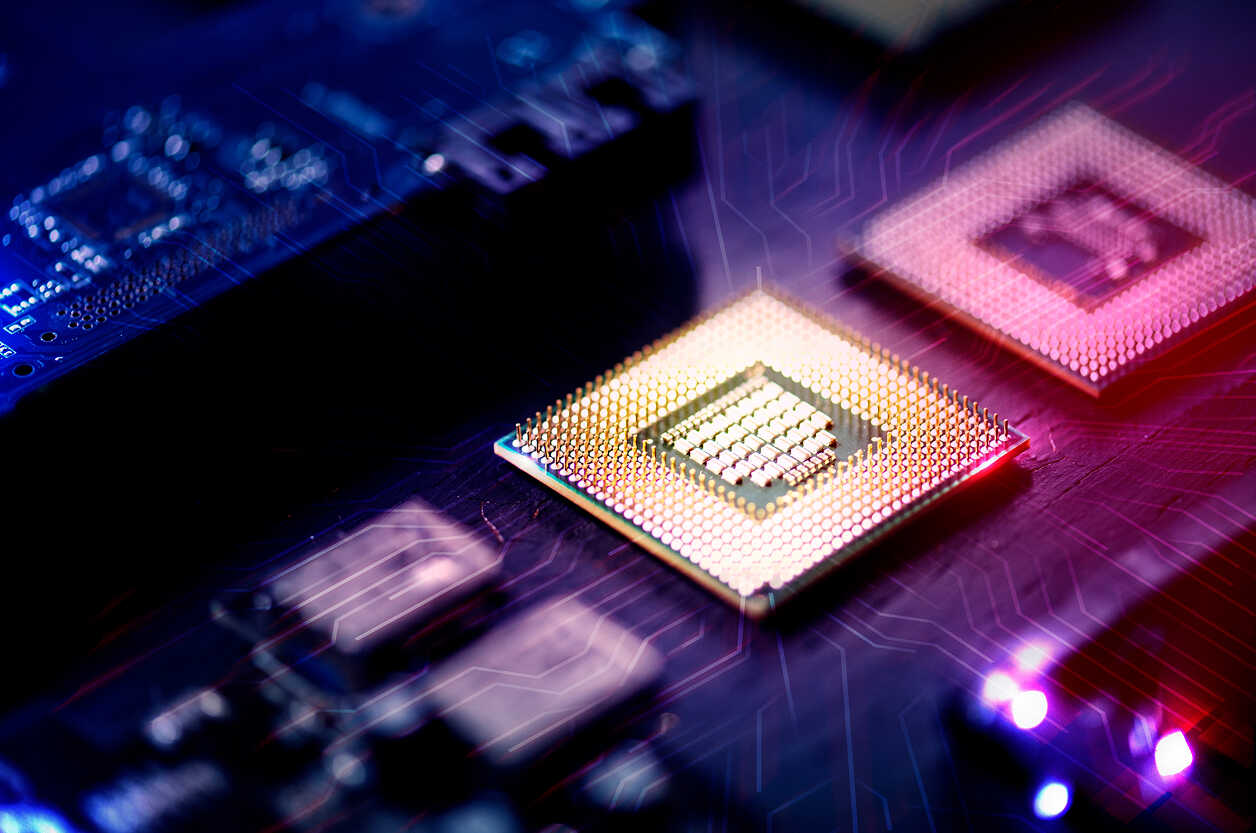
How embedded systems teams should prepare
Working successfully with emerging MCUs and SoCs demands proactive strategies:
- Assess migration paths: If your architecture is ARM-based, map how RISC-V or heterogeneous platforms change firmware, toolchains, and lifecycle support.
- Plan for software compatibility: Heterogeneous SoCs require partitioned firmware (CPU vs AI engine vs real-time core). Update embedded OS strategy accordingly.
- Design for modularity: Chiplet-based SoCs enable modular integration but require abstraction layers in software and bring new verification flows.
- Prioritize power-aware architecture: For battery/edge nodes, evaluate sustained workload efficiency (not just peak performance). Include power state management and idle modes in MCU selection.
- Embed security by design: Verify hardware-rooted security features early, ensure silicon vendors supply lifecycle firmware updates and clear security roadmaps.
- Explore the expo strategically: At Embedded Systems Expo Europe 2026, focus on roadmap discussions (future MCUs, SoCs) not just product launches. Engage vendors on roadmap transparency, ecosystem maturity and partner support.
The event opportunity and lead generation
For engineering leaders and product managers, Embedded Systems Expo Europe 2026 presents a unique opportunity: live demonstration of next-gen hardware, OEM networking, and partner ecosystem alignment. Vendors showing open-source RISC-V platforms, modular SoCs, or ultra-low-power MCUs will attract attention, enabling early engagements. For companies like Promwad operating in embedded system design and production support, presence at or awareness of the expo helps signal thought-leadership, build partner pipelines, and align service offerings with upcoming hardware waves.
Looking ahead: what post-expo deployment might look like
After the expo, expect the following timeline:
- 2026: First production availability of modular chiplet SoCs and heterogeneous MCUs with AI engines; early adopters begin reference designs.
- 2027: Broader ecosystem maturity—toolchains, software libraries, partner IP blocks, demonstration kits.
- 2028 and beyond: Embedded systems adopt flexible SoC fabrics across product families; MCU/SoC decisions hinge on workload-specific integration rather than generic performance metrics.
By aligning hardware selection and firmware strategy with the innovation trajectories previewed at Embedded Systems Expo Europe 2026, companies can gain a competitive edge in embedded design, system cost and time-to-market.
AI Overview: MCU & SoC Innovation Ahead of Embedded Systems Expo Europe 2026
The next generation of MCUs and SoCs is set to transform embedded system design by combining open architectures, modular chiplet integration, heterogeneous computing, ultra-low-power operation and built-in security.
Key Applications: RISC-V embedded controllers, modular SoC platforms for IoT/industrial devices, heterogeneous AI/ML enabled SoCs in edge nodes, ultra-low-power MCUs for battery-harvest devices, safety-certified embedded silicon for automotive/industrial.
Benefits: more flexible platform selection, improved performance-to-power ratios, stronger security by hardware, accelerated time-to-market via chiplet reuse, better alignment with domain-specific workloads.
Challenges: toolchain migration and ecosystem maturity, verification of heterogeneous fabrics, managing power versus complexity trade-offs, ensuring supply-chain security and silicon lifecycle support.
Outlook: by 2028 embedded hardware platforms will pivot around open ISAs, modular silicon and heterogeneous compute—systems will increasingly choose SoC fabrics tailored by workload rather than one-size hardware.
Related Terms: RISC-V embedded SoC, chiplet architecture, heterogeneous computing, ultra-low-power MCU, functional safety MCU, embedded hardware trends 2026.
Our Case Studies

